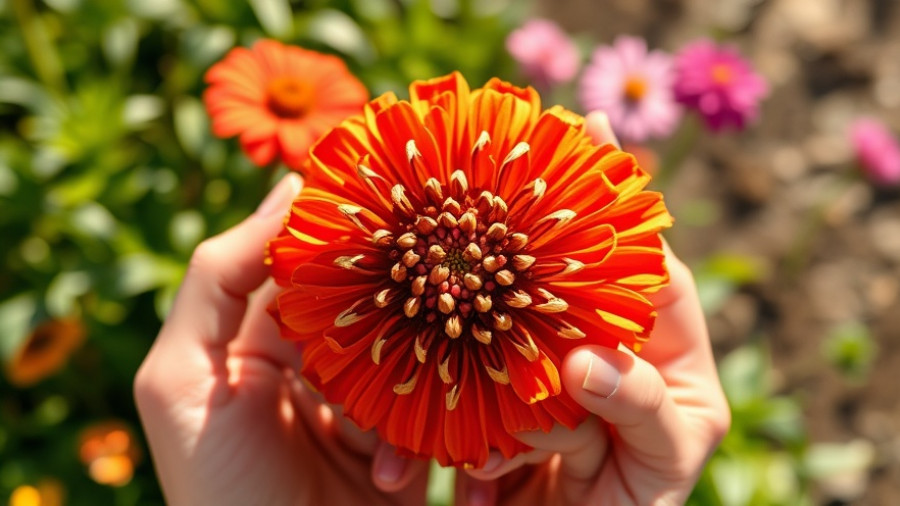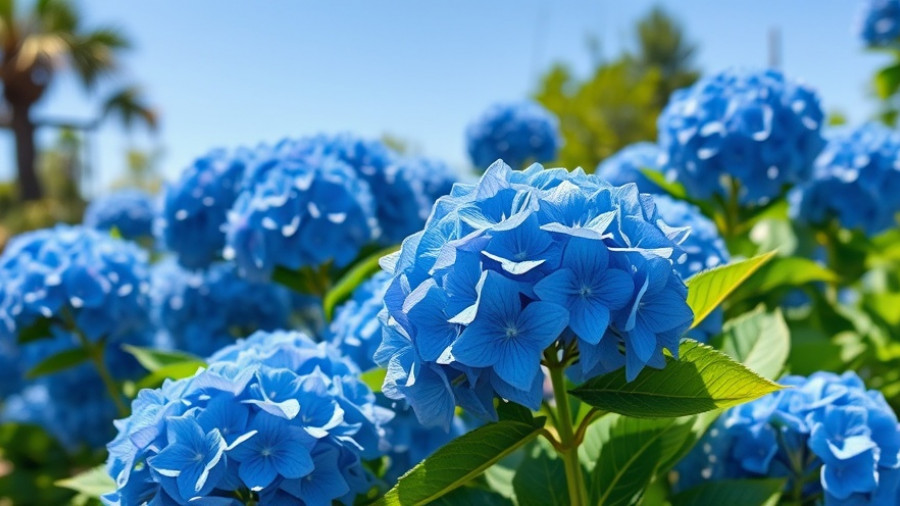
Preserving the Beauty of Dahlias: An Overview
Dahlias are a favorite among gardening enthusiasts for their vibrant colors and stunning forms. However, their shorter vase life presents a challenge. This article provides vital insights and tips on how to extend the longevity of cut dahlia flowers. By implementing expert advice from seasoned flower gardeners, you can enhance your flower arrangements and enjoy their beauty longer.
Harvesting at the Right Time: The Secret to Freshness
The timing of your dahlia harvest can make a world of difference. The best time to cut your dahlias is early in the morning, just after the dew has dried but before the sun has fully risen. At this time, the flowers are most hydrated and robust. When freshly cut while in peak condition, your dahlias can flourish in a vase for up to a week!
If morning isn’t an option, consider cutting them in the evening once the heat has subsided, allowing the flowers to perk up after a hot day. Remember, collecting your blooms during the peak hours ensures they have the best chance to thrive in their new floral home.
Choosing the Right Blooms: Fully Open Vs. Buds
Unlike some flowers, dahlias must be fully open to truly shine in arrangements. Harvesting buds leads to a lackluster display, as they won’t flourish like their open counterparts. Opt for flowers that are at full bloom with vibrant colors and visible textures—the reward will be an eye-catching nature-inspired centerpiece.
Watering Wisely: The Role of Hydration
After cutting your dahlias, immediately place them in water. But not just any water—fresh, clean water. Keep the stems submerged while you prepare your vase, and be sure to cut your stem ends at a 45-degree angle. This technique encourages better water absorption, which is crucial for keeping your flowers lively and blooming.
Preventing Bacteria: The Importance of Cleanliness
Keeping your vase clean is essential for maintaining dahlia freshness. Remove any lower leaves on the stem that may end up submerged in the water, as they can promote bacterial growth. Regularly change the water every few days and clean the vase to prevent residual bacteria from sapping the life from your flowers.
Adding Sugar and Acids: A Recipe for Longevity
Some florists swear by adding sugar or a floral preservative to their flower water to prolong freshness. A sugar solution mimics the plant's natural nutrients, aiding in hydration and promoting Brightness. A few teaspoons mixed in can do wonders for your dahlia display. Additionally, a drop of white vinegar can help balance the pH and keep the water clear of bacteria. However, it's crucial not to overdo it—too much can do more harm than good.
Bonus Care Tips for Cut Flowers
Beyond the basic upkeep of your dahlias, implementing a few additional care strategies can lead to even longer vase life. Try adding a few drops of bleach to the water to inhibit any bacterial growth, ensuring your dahlias stay fresh longer. Additionally, avoid placing your arrangement in direct sunlight or near heat sources—it seems simple, but this common mistake can shorten their lifespan.
Creating a Dahlia Display in Your Home
In addition to caring for your cut dahlias, consider incorporating them into your home decor. Use them as a statement piece on a dining table or as a bright addition to your kitchen countertop. Their natural hues can transform the ambiance of a room, making flowers an invaluable addition to your home.
In conclusion, embracing the tips and techniques shared here can help you keep your dahlia blooms looking stunning and vibrant for days. With their rich colors and unique shapes, dahlias are truly a gift from nature. Remember, investing a little time in their care leads to flowering rewards. To create a beautiful home filled with splendid blooms, start implementing these tips today!
 Add Row
Add Row  Add
Add 




Write A Comment